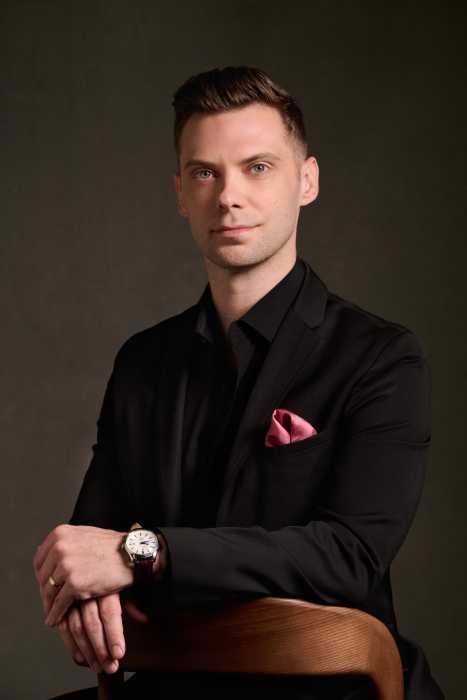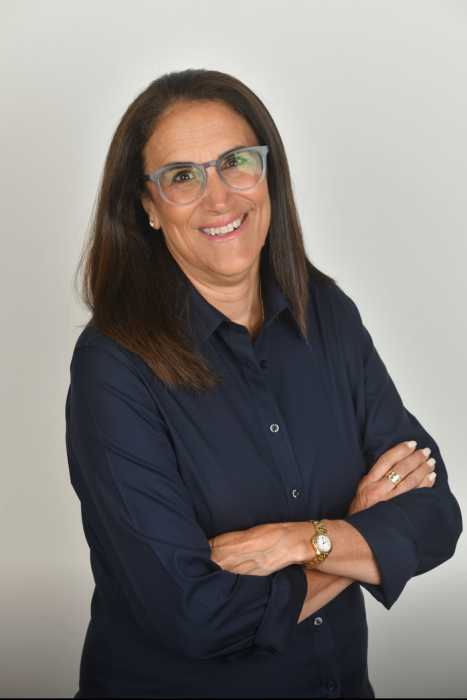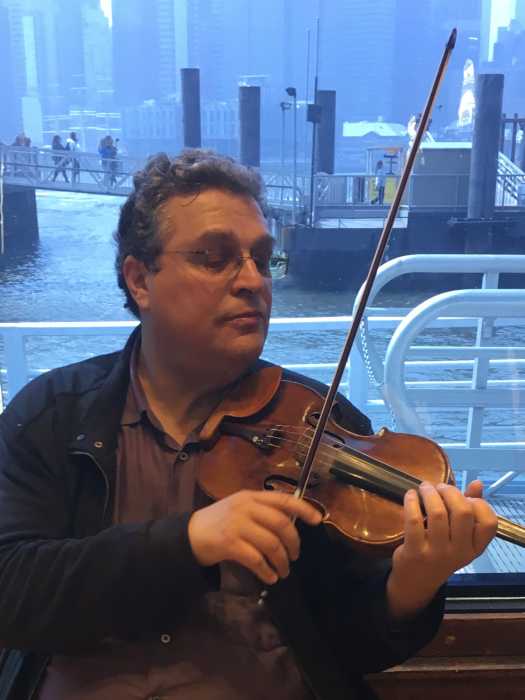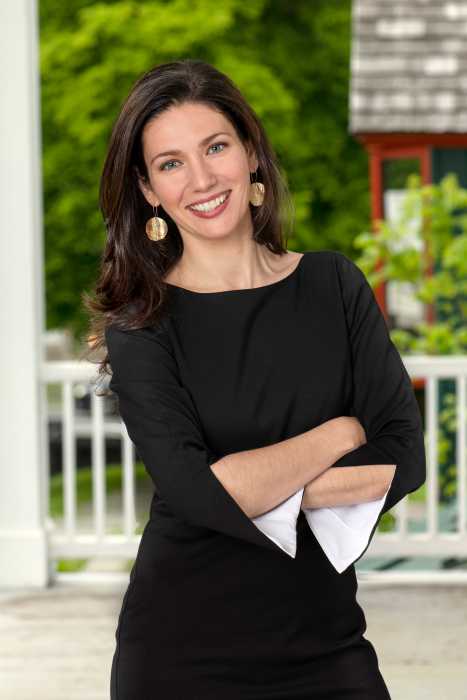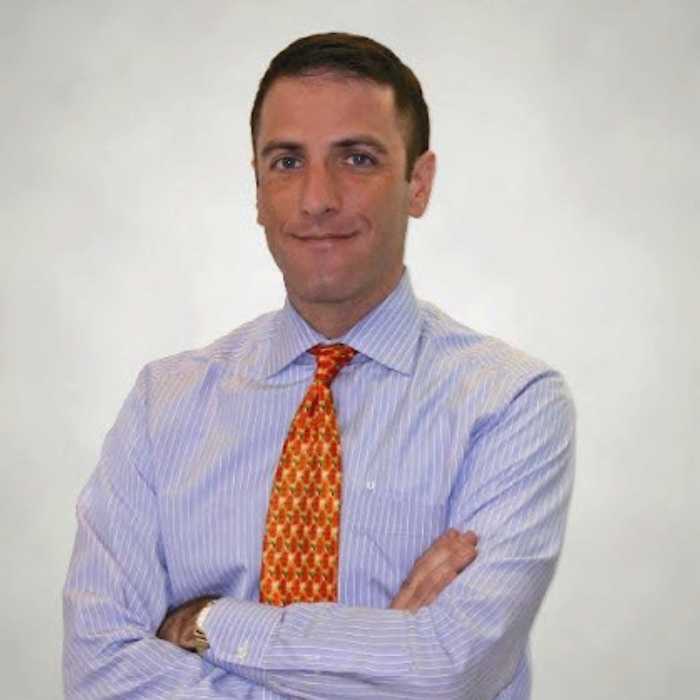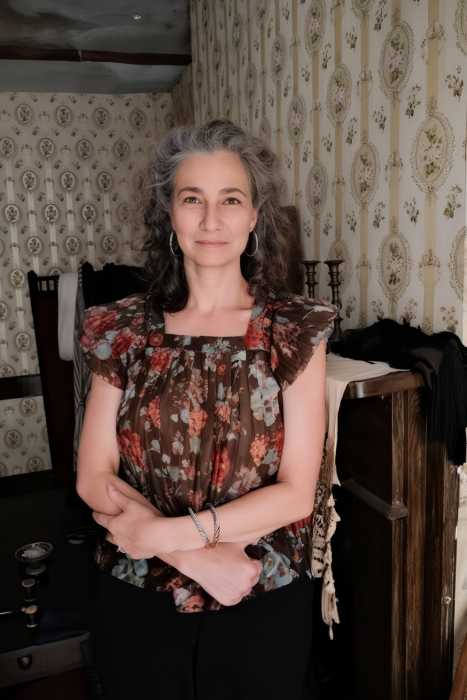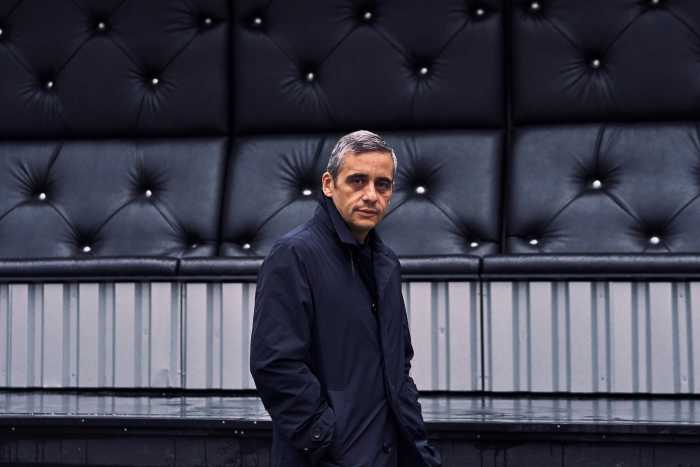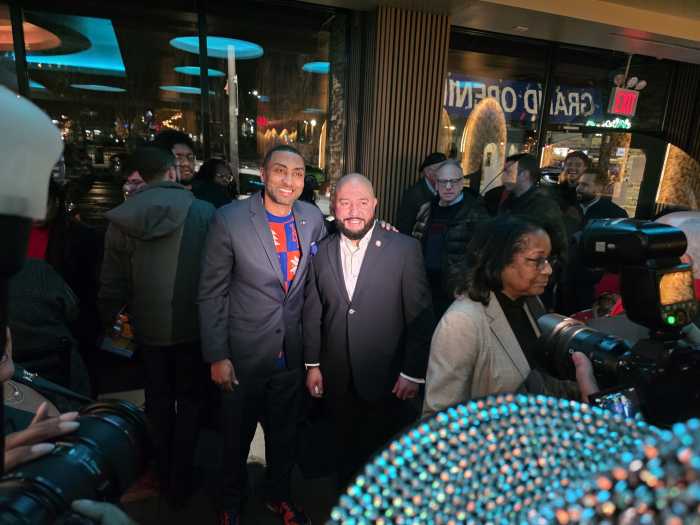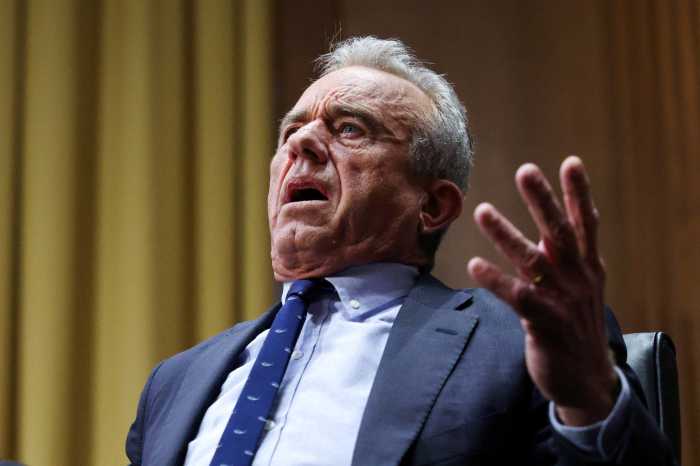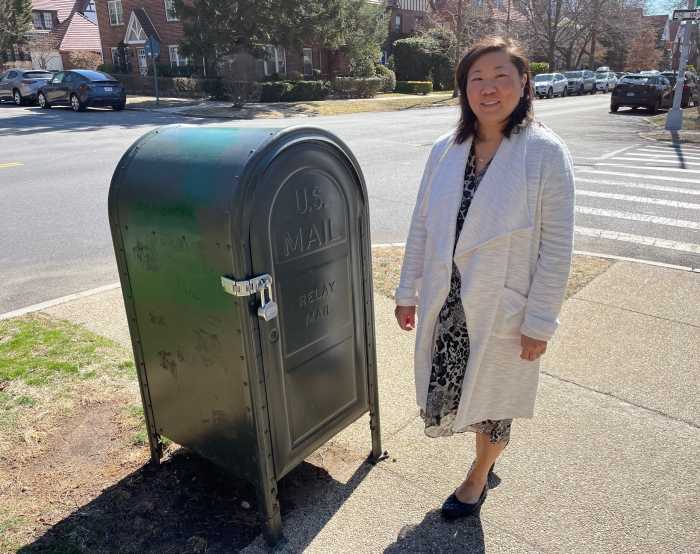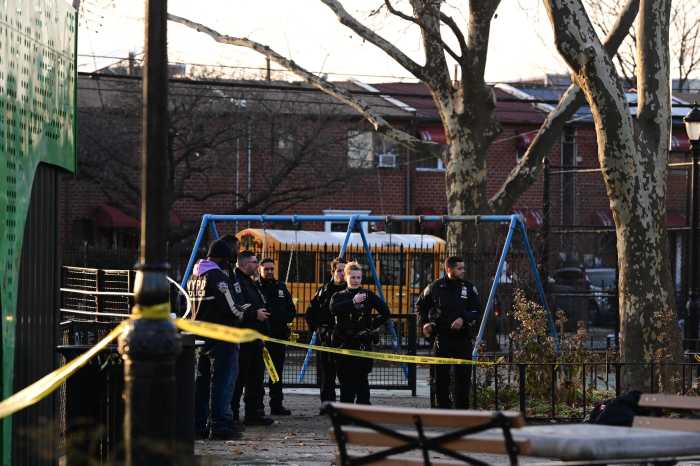Maria Nicanor is the director of Cooper Hewitt, Smithsonian Design Museum in NY. An architecture and design curator and historian, Nicanor had previously been an architecture curator at the Guggenheim Museum and a curator in the Design, Architecture, and Digital Department of the Victoria & Albert Museum. Following her museum roles, she was the inaugural director of the Norman Foster Foundation and executive director of Rice Design Alliance, at the Rice University School of Architecture.
If you could attend any event, show, or exhibit in the city this month, what would it be and why?
Music and performance feeds my soul these days. I’d attend anything organized by AMOC, the American Modern Opera Company founded by Matthew Aucoin and Zack Winokur. I believe passionately in multidisciplinarity and while the word gets thrown around a lot, AMOC’s work with incredible composers, choreographers, vocalists, instrumentalists, dancers, goes beyond in terms of bringing different disciplines together. We hosted a performance by them at Cooper Hewitt on April 26 that I wouldn’t miss.
How can policymakers and everyday New Yorkers support arts and culture within the city?
Get out there with curiosity. Know the cultural offerings of our city like you mean it. Get involved. Policymakers have to continue to secure public funding for arts and culture so they can be accessible to all. If you can support organizations financially or in an advisory capacity, do it. If that’s not right for you, support doesn’t always mean funding. If you experience something meaningful, spread the word. Intellectual generosity matters just as much.
New York has historically been considered the culture capital of the world. How do you feel the city upholds this legacy in 2025?
Culture and the arts are an industry that will always power this city. To continue to be a model that others look up to, we need to protect city, state and federal public funding. Culture makes us human, it transforms communities, generates economic growth for New Yorkers and ensures we are well informed citizens with a broad world view. These are not nice to haves, but musts for any well-rounded society.



